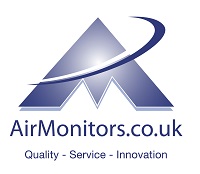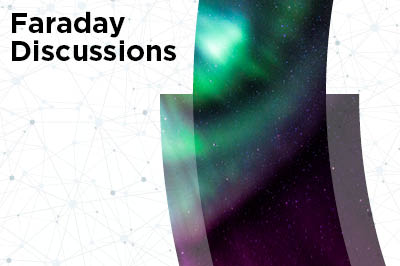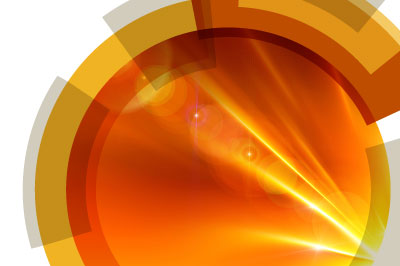While urban atmospheres vary considerably in composition, they are distinguished clearly from most rural and all remote atmospheres by their high primary pollutant loadings and relatively short timescales for reactions. Much of the recent research on urban air pollution has focused upon cities as a source of air pollutants to the regional and global atmosphere. This ignores the huge importance of urban air pollution in the context of human health, and the associated policy and scientific relevance of urban atmospheric chemistry studies to compliance with limit values for secondary pollutants (e.g. NO2 and particulate matter) and quantifying personal exposure to air pollution. With the increasing urbanisation of human populations, this topic is of ever-greater importance. In the regional and global atmosphere, processes with timescales of days can play an important role, whereas in the urban atmosphere, typical timescales are hours at most, and in some situations such as street canyons, typical residence times are of the order of minutes. Despite these relatively short timescales, important chemical changes can still take place in the urban atmosphere but are currently poorly captured by numerical models due to weak understanding of either the chemistry or atmospheric dynamics, or a lack of adequate spatial resolution. The latter is a key point as the global atmosphere is frequently rather well mixed in the vertical (at least within the boundary layer and within the free troposphere) whereas the urban atmosphere has very strong gradients of concentration because of a predominance of ground-level pollutant emissions, and for this reason, mixing processes may be as big a determinant of concentration as chemical reactivity.
Faraday Discussions have a special format where research papers written by the speakers are distributed to all participants before the meeting, and most of the meeting is devoted to discussing the papers. Everyone contributes to the discussion - including presenting their own relevant research. The research papers and a record of the discussion are published in the journal Faraday Discussions.
The joint winners of the Faraday Discussion Poster Prize were:
P20 Characterization of organic molecular markers in PM2.5 aerosol at an urban site in Sydney
Meng, Chuanping and Nelson, Peter. F
Macquarie Univeristy, Australia
P54 Ozonolysis of ultrasonically levitated droplets containing unsaturated carboxylic acids
Cabrera-Martinez, Edna Rocio; Ancill, Harry Josef; Rastogi, Kunal and Pfrang, Christian
University of Reading, United Kingdom
Themes
- Chemical Complexity of the Urban Atmosphere and its Consequences. The urban atmosphere is hugely complex in chemical terms, but many of the constituents play little role in atmospheric chemistry on urban timescales. The session will therefore address which species determine compositional change within the urban atmosphere, what needs to be measured to constrain models and will also address issues concerning the formation of aerosols and their chemical and physical evolution within the urban atmosphere.
- Timescales of Mixing and of Chemistry. This session will focus on the relative timescales of mixing and of chemical processes. Both advective (i.e., horizontal) and vertical mixing processes are important and fresh emissions can have major local influences which reduce with distance from source. Pollutant travel times within the urban canopy are hard to predict and consideration needs to be given separately to within-canopy and above-canopy processes.
- Urban Case Studies. The lessons from past major studies of the urban atmosphere will be examined. What have urban studies taught us about the special nature of urban atmosphere processes? What do measurement studies tell us about the scales of different processes in time and space? How do we best capture spatial variability in urban atmosphere studies?
- Numerical Modelling Strategies for the Urban Atmosphere. This will bring together information from the earlier sessions in order to address issues such as the optimal chemical complexity for a mechanism scheme, the scales of mixing which need to be considered and how to achieve adequate spatial resolution within urban models. Data needs for model validation will also be discussed.
Aims
This meeting aims to address both the key questions and the over-arching issues related to understanding chemistry in the urban atmosphere.Format
The Faraday Division have been organising high impact Faraday Discussions in rapidly developing areas of chemistry and its interfaces with other scientific disciplines for over 100 years.Faraday Discussions have a special format where research papers written by the speakers are distributed to all participants before the meeting, and most of the meeting is devoted to discussing the papers. Everyone contributes to the discussion - including presenting their own relevant research. The research papers and a record of the discussion are published in the journal Faraday Discussions.
Poster Sessions
The joint winners of the Faraday Discussion Poster Prize were:P20 Characterization of organic molecular markers in PM2.5 aerosol at an urban site in Sydney
Meng, Chuanping and Nelson, Peter. F
Macquarie Univeristy, Australia
P54 Ozonolysis of ultrasonically levitated droplets containing unsaturated carboxylic acids
Cabrera-Martinez, Edna Rocio; Ancill, Harry Josef; Rastogi, Kunal and Pfrang, Christian
University of Reading, United Kingdom









